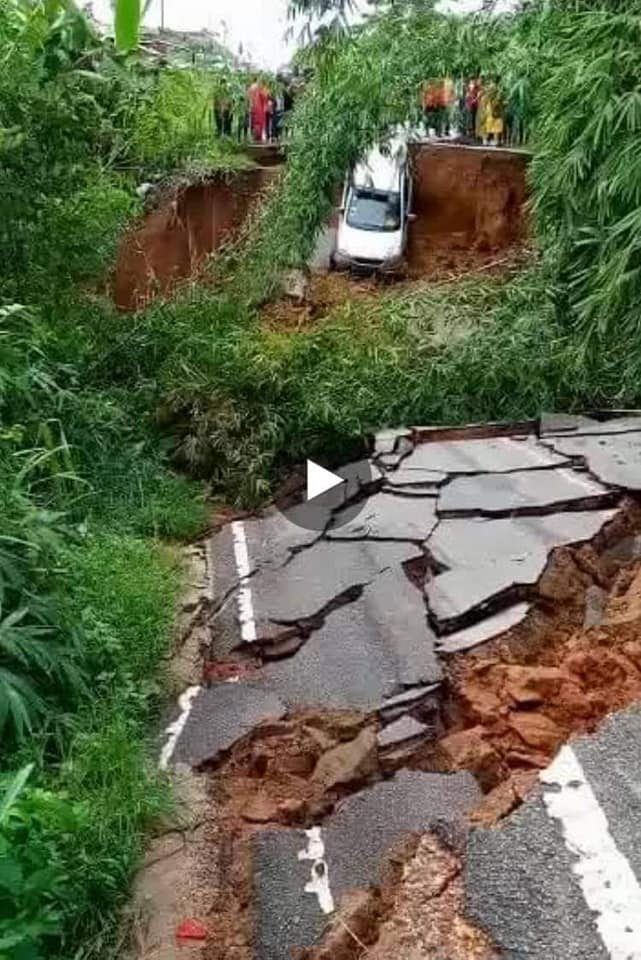A section of the Road between Aiyinase and Menzezor in the Ellembelle district of the Western Region has caved in following the collapse of a culvert after some heavy downpour.
The District Chief Executive DCE) of Ellembelle in the Western Region, Kwasi Bonzo has blamed the sudden collapse of the 67-year-old Aiyinase to Menzezor culvert on a two-day rainfall recorded in the area over the weekend.
He also said the unfortunate collapse of the culvert could be a result of its old state.
Speaking during the inspection of the collapsed culvert, the DCE disclosed that no casualty was recorded when the culvert caved in.
“It is unfortunate, but this is a culvert that was built in 1954, thus about 68 years ago. At the time that it was built, there wasn’t much human settlement here, and now the whole place has become a full community. So the volumes of water from the two-day rainfall couldn’t just contain it. As it is, after 60 years, the lifespan of the project is naturally expired. It has brought some level of inconvenience to residents here, but we are lucky to have an alternative route. However, as a government what we want to do is to find an immediate solution so that this can be repaired immediately”, he said.
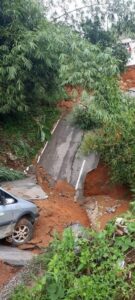
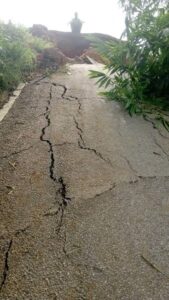
According to the DCE, the government through the Highways Authority is currently putting measures in place to have the reconstructed with a reinforced concrete bridge or a steel bridge at the portion that caved in.
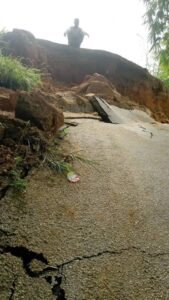
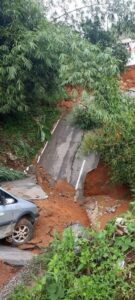
While urging the people to be patient, the DCE also specified their immediate plans for the collapsed culvert.
A few important questions being asked by concerned Ghanaians are:
- How do Ghana Laws deal with stakeholders of Road Construction in the country when the nation does not get value for money for our roads ?
- What standard tests do roads go through before they are allowed for public use after construction?
- Who is responsible for ensuring that the final checks are done before roads are commissioned for public use?
- What systems of maintenance do roads go through to ensure they continually remain resilient for public use?


